What are the problems if the peeling force of the stainless steel plate protective film is too large
2025-07-11
Plate Surface Protection Issues Analysis
1. Damage to the plate surface
- During the peeling process, due to excessive force, the protective film and the plate surface produce strong friction, which is easy to cause scratches and abrasions, resulting in a significant decrease in the gloss of the plate.
- For precision surfaces such as mirror stainless steel, this damage is often irreversible and directly affects the appearance quality of the product.
2. Residual glue marks
- Excessive peeling force will cause the adhesive to be forcibly torn, and part of the glue layer will remain on the surface of the plate.
- These glue marks are highly sticky and need to be wiped repeatedly with special cleaning agents when cleaning, which is labor-intensive and increases material costs.
- It may also damage the plate again due to improper cleaning.
3. Reduced construction efficiency
- The peeling process requires greater force, which is difficult for a single person to operate quickly, especially when constructing a large area, which will significantly extend the construction period.
- If the protective film breaks due to uneven force, the fracture needs to be reprocessed, further slowing down the progress.
4. Cause plate deformation
- For thin stainless steel plates, excessive peeling force may cause deformation such as bending and warping, destroying the original flatness of the plate.
- This affects the accuracy and stability of subsequent installation.
5. Safety hazards
- When peeling with force, if the protective film suddenly breaks, the operator may be unbalanced due to inertia.
- This may cause scratches by tools or cause the plate to slip, causing personal or property losses.
6. Interference with secondary processing
- The residual glue marks will affect the current conduction during welding, resulting in loose solder joints.
- It will also prevent the coating layer from adhering evenly, causing bubbling, shedding and other problems, reducing the quality of secondary processing.
You Might Also Like
-
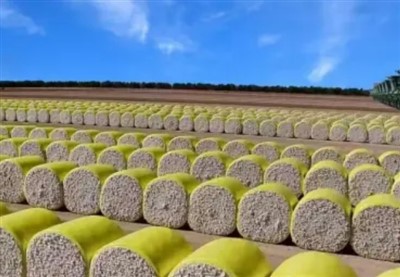
what are the advantages of cotton packaging film
-
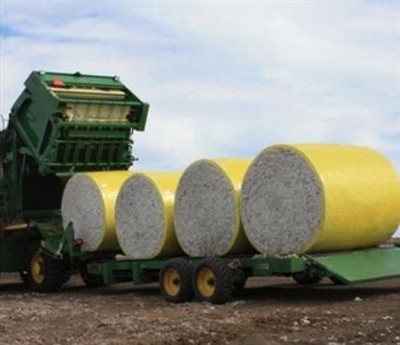
The Advantages of Cotton Wrap Film
-
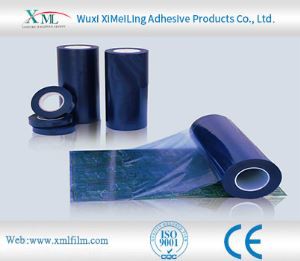
How does pe protective film cope with high temperature environment
-
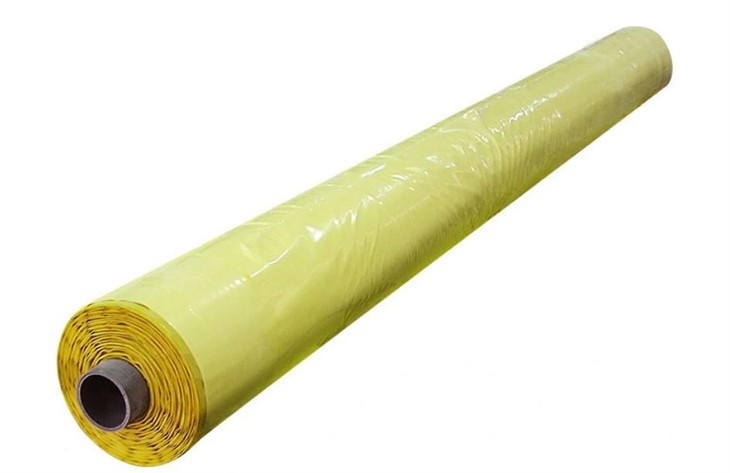
Advantages of Cotton Bale Wrap Film
-
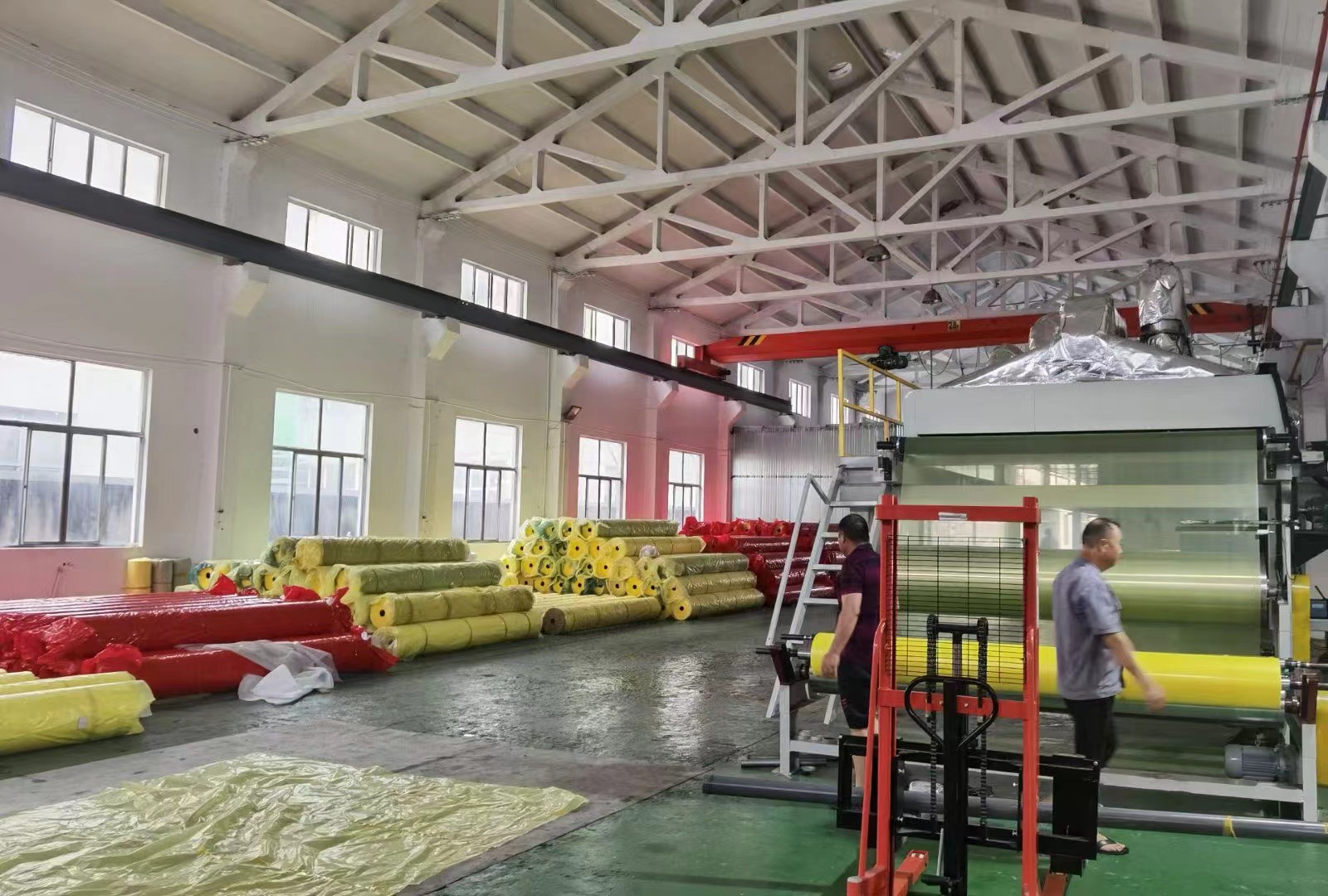
Storage method of cotton bale wrap film
-
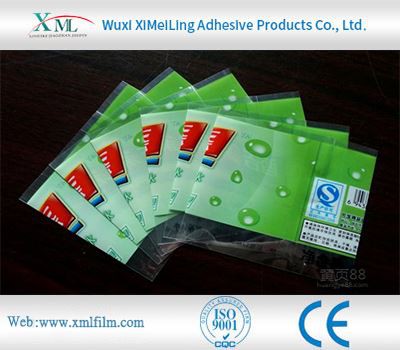
How Polyethylene Packaging Material Copes with High Temperature Environment
